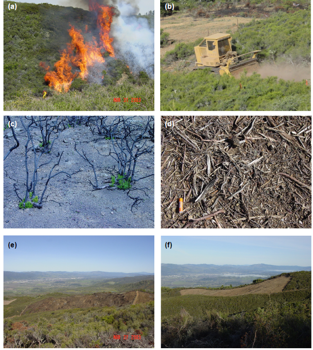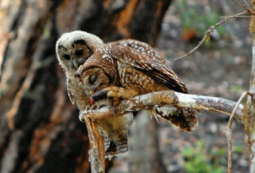Biogeomorphic Responses to Wildfire in Fluvial Ecosystems
/Biogeomorphic Responses to Wildfire in Fluvial Ecosystems draws together interdisciplinary studies and reviews that highlight key insights important to support heterogeneity, biodiversity, and resilience in fluvial ecosystems (Florsheim et al., 2024).
Read More




















